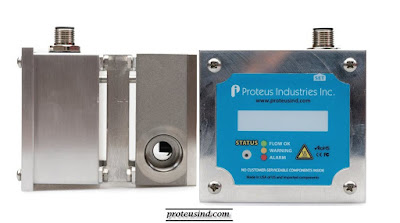Compact Liquid Flow Meters That Are Best For Industrial Usage

Prior to giving conclusions on the best compact liquid flow meters for industrial usage, you must understand about them and their applications. The turbine flow meter contains rotor blades positioned on a shaft at an angle. The liquid passing through these blades leads them to turn the rotor shaft. A mechanical reader can sense the shaft’s rotation. In terms of using a clean or corrosive liquid, a turbine flow meter appears to be compact. These types of liquids incorporate water, petroleum, and chemicals. The size of the pipe must not be more than a diameter of 24 inches. Another useful flow meter is a magnetic meter that calibrates the fluid flow through a concept termed as Faraday’s Law. You will not find any moving parts in this meter. Due to its technology and design, a magnetic flow meter can be utilized in a vast range of industrial applications. This meter is capable of measuring the movement of corrosive, abrasive, dirty, and clean water based or other condu...



